The OCP Group is an internationally famous manufacturer of phosphates and phosphate-based products, the company was founded in 1920. It produces chemicals, phosphate, and minerals as well.

In addition to mining phosphate rock, The OCP Group (OCP S.A.). Previously, the Moroccan state have the Office Chérifien des Phosphates. On top of producing phosphoric acid, the company also produces phosphate fertilizer.
1 – Growth Of The OCP Group:
Around 70% of the world’s deposits of phosphate rock are located in the OCP’s territory. Initially, a mining firm, OCP diversified in 1965 to become a phosphate processor, propelling it to the top of the fertilizer manufacturing world. In the global market for phosphate products, the corporation holds a 31% share.
Nearly new 23,000 people are working in the firm in Morocco, as well as a number of foreign companies. Its revenue in 2018 was $5.884 billion USD.
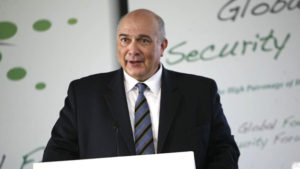
Origins:
Mining operations started in 1921 when the first mine in Khouribga began mining phosphate rock. Phosphate transportation to the port of Casablanca began in 1921, enabling the first phosphate export that year. In 1931, OCP set up mining sites in Youssoufia and Benguerir; in 1966, Safi and Jorf Lasfar were available as chemical manufacturing facilities.
Ownership:
The OCP Group became a limited corporation in 2008. Over 95% of OCP Group’s shares are owned by the Moroccan government. But investment funds from Banque Centrale Populaire took the remaining 5%. This company announced a goal in 2007 to increase its fertilizer output by 2020.
In Morocco, The OCP Group plays a vital economic and social role. In 2010, the value of phosphates and their derivatives accounted for roughly a quarter of the country’s exports and about 3.5 % of GDP. Fitch Ratings affirmed this company’s “investment grade” rating in 2016.
The OCP Group established a new company, OCP Africa, in February 2016, to drive the group’s expansion in the African fertilizer industry via a network of subsidiaries in 12 African nations.
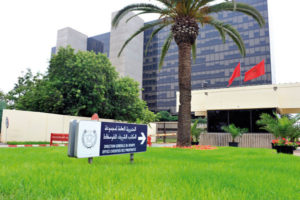
2- Mines And Important Locations:
Get to know where it works for mining, A mine opened for business in Khouribga in 1921 for OCP. The Khouribga region possesses the world’s richest phosphate resources. The pipeline, which is one of the world’s longest gravity-powered pipelines, saves more than 3 million cubic meters of water every year, as well as a substantial amount of energy. More than 6,100 workers are available at the site than at any other OCP mine.
The OCP Group began a new mining project at Sidi Chennane, Khouribga, in 1994. The building of the purified phosphoric acid factory in Jorf Lasfar began in 1996, and production began in 1998.
This company launched the slurry pipeline from Khouribga to Jorf Lasfar in 2014, technical development in phosphate transportation.
The African Fertilizer Complex, located near Jorf Lasfar, launched a fertilizer production facility devoted completely to Africa in February 2016. JFC 4 will be completely integrated and will have its own thermoelectric plant since it will be connected to the slurry pipeline. These plants not only make Jorf Lasfar entirely self-sufficient in terms of energy, but they also generate an energy surplus that powers the complex’s seawater desalination unit.
3- Gantour (Benguerir and Youssoufia):
Gantour is showing two mining operations, Benguerir and Youssoufia, and possesses the second greatest quantity of phosphate deposits in Morocco, accounting for 37 % of the total.
The mine at Benguerir first opened its doors in 1980. It is located 70 kilometers north of Marrakesh.
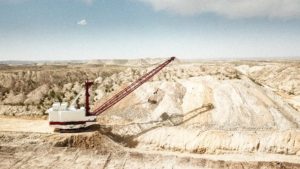
The mines produced 6.3MT of Phosphate Rock in 2016, accounting for 23% of the group’s total production. So, this prototype mine dubbed the “Advanced Mining Technology Platform,” serves many functions.
ONCF, Morocco’s national railway company, transports rock from Benguerir to Safi via train. The Group’s activities are organized into an integrating model that encompasses all operations throughout the value chain. It is from phosphate extraction to the manufacturing and selling of diverse goods such as fertilizers and phosphoric acid.
After the Khouribga mine, the Youssoufia mine is the Moroccan economy’s second most significant mine.
OCP has also managed the Bouchane mine, which is located 40 kilometers from Youssoufia, since 1998. This mine’s phosphate is also processed at Youssoufia.
4- Jorf Lasfar:
The initial section of the facility was available in 1984 and has subsequently been enlarged many times. Phosphate rock mined at Khouribga is in use to make the products. In 2016, the plant produced 4.63 million tonnes of fertilizer, comprising 1.86 million tonnes of phosphoric acid, 1.91 million tonnes of MAP, and 1.14 million tonnes of DAP. Over 30 different forms of fertilizer have been developed to suit varied soil types. The location is the world’s biggest fertilizer exporter. The location contains a desalination plant with a capacity of 25Mm3 per year, which has greatly decreased the quantity of water required by the facility from local sources since its completion.
5 – Safi:
In 1965, OCP began processing phosphate rocks from Benguerir at the Safi complex. In 2016, the facility produced 1.5 million tonnes of phosphoric acid and 832.6 million tonnes of TSP fertilizer. These were the highest output statistics in the site’s history. The facility manufactures fertilizer for both local and foreign markets.
6 – Phosphoboucraa (Subsidiary):
Phosboucraa was originally part of the Boucraâ-Laayoune mine (now solely owned by OCP in 2002) owned by the company since 1976. As a consequence, some investors have divested from purchasers of Phosboucraa phosphates, and shipments have decreased.
The mine’s operations started in 1972, and its activities include mining, processing, and selling phosphate rock. The Boucraa mine accounts for around 2% of Morocco’s total phosphate deposits, 4.6 % of OCP Group’s overall earnings, and approximately 8% of total rock mined.
The Phosboucraa Foundation invests 100 % of the region’s revenues back into the community. Through its numerous initiatives in education, health, and business, the Phosboucraa Foundation has assisted over 50,000 individuals.
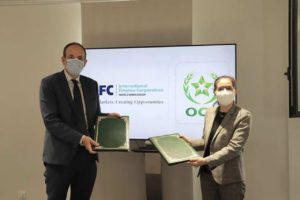
7 – Phosboucraa’s activities take place in three locations:
- The headquarters are in the city of Laayoune.
- The processing facility and port are available near Laayoune beach, 20 kilometers south of the headquarters.
- Transporting of Phosphates from the mine with the 102-kilometer-long conveyor belt.
- Mining operations are available 140 kilometers distant with a road in Bou Craa, far from any feasible shipping region.
To contribute to the development of the value chain at this location OCP is spending $2.2 billion in the construction of a phosphate processing facility that will produce fertilizer and phosphoric acid.
Phosboucraa claims the project will maintain a strategy of recruiting local people, who create about 76 % of the workforce, up from 4 % in 1976. Also, it results in hundreds of individuals being trained to conduct specialized work at the group’s location in the North. Local activists, particularly Western Sahara Research Watch, have contested Phosboucraa’s figures, pointing out that the term “local employees” does not discriminate between settlers and indigenous people.
8 – What Are Their Main Products?
The main products of The OCP Group:
- Phosphate Rock
Phosphorite mining was its first activity. Typically, the company’s main business is the sale of phosphate rock and rock phosphate. In 2018, the firm mined 34.4 metric tons, 11.3 tons of which were sold, with Khourigba accounting for the majority. Also, the market share of OCP in this category is 38 %.
- Phosphoric Acid
Phosphoric acid is coming from phosphate and is frequently in use in the culinary, cosmetic, and dentistry industries owing to its non-toxicity. OCP produced 6.1 million metric tons in 2018, giving them a 49 % market dominance.
Fertilizer sales, which include fortified fertilizers, currently account for slightly more than half of OCP’s overall income and 23% of its global market share (2018 production: 8.8MT). They are in use directly as soil fertilizer or as a raw ingredient for mixes or other products.
- Fertilizers With Added Nutrients
OCP Group also manufactures a variety of fortified fertilizers that you can adjust to fit the demands of certain kinds of soil – even on a field-by-field basis. A variety of formulas are developing these days. NP+ complex fertilizers are nitrogen and phosphate complex fertilizers that will enhance with secondary and micronutrients. NPK+ is including a similar structure to the former, but it is produced using a different chemical procedure and incorporates potash. Also, OCP products are available to fulfill crop-specific nutritional needs, such as maize, cotton, or cocoa.
- Fertilizers That Are Soluble
Soluble fertilizers are in use for high-value crops that will grow in irrigated systems. They guarantee that fertilizers are in use efficiently, significantly increasing agricultural yield while reducing water usage. These fertilizers are ideal for use in modern micro-irrigation and sprinkler systems.

9 – Working Globally:
The bulk of OCP’s activities are available in Morocco owing to the country’s huge phosphate deposits. But the firm has grown abroad in terms of processing, sales, and distribution. The firm has around 160 clients spread across five continents. The businesses also help the areas in which they operate by assessing soil and tailoring fertilizer to particular requirements.
North America
OCP North America, based in New York, was established in 2019. The organization undertakes market research in North America as well as soil analysis to better personalize fertilizer. It will take over OCP’s North American sales and marketing portfolio in early 2020, based on the study conducted.
South America
Brazil is home to the majority of OCP’s South American activities. Companies do competition and market research, as well as collaborate with farmers to choose the best fertilizers for their requirements. In addition, the corporation assists across the marketing, sale, and distribution of OCP goods in the nation. In the first quarter of 2019, OCP sales in the nation climbed by 20%.
India
OCP India conducts market and soil research to increase sales of OCP products in the nation. For OCP’s Indian clients, the business handles administration, sales support, and marketing. Also, the firm is collaborating with Krishak Bharati Limited (Kribhco). They both work to build a fertilizer factory with a capacity of 1.2 million tons per year, for a total expenditure of US$230 million. The facility will utilize phosphate delivered from OCP facilities in Morocco; the business will also be in charge of product shipment.
Asia Pacific (APAC) OCP maintains a research, sales, and marketing office in Singapore and Beijing. A fertilizer processing factory is being built in Singapore to enable simpler mass customization of goods for local markets.
Africa’s OCP:
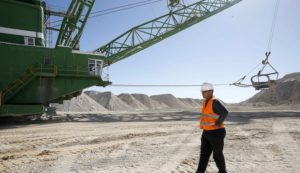
In 2016, The OCP Group was established as a fully owned subsidiary of OCP S.A. Its function is to function as a distributor for OCP goods as well as to operate fertilizer-producing facilities. Following a large-scale investment program, this capacity is quickly expanding. OCP Group views Africa as a significant growth market because of its untapped potential due to comparably low fertilizer usage, which results in lower-than-average per-hectare agricultural yields. Training programs and soil analysis are among the services that it gives to assist farmers in making the most of their property. Also, OCP Africa has 12 subsidiary firms and operates in 16 African countries. Ethiopia, OCP’s biggest African business outside of Morocco, will grow dramatically with the installation of a new fertilizer blending machine, which will enhance the supply of tailored fertilizer.
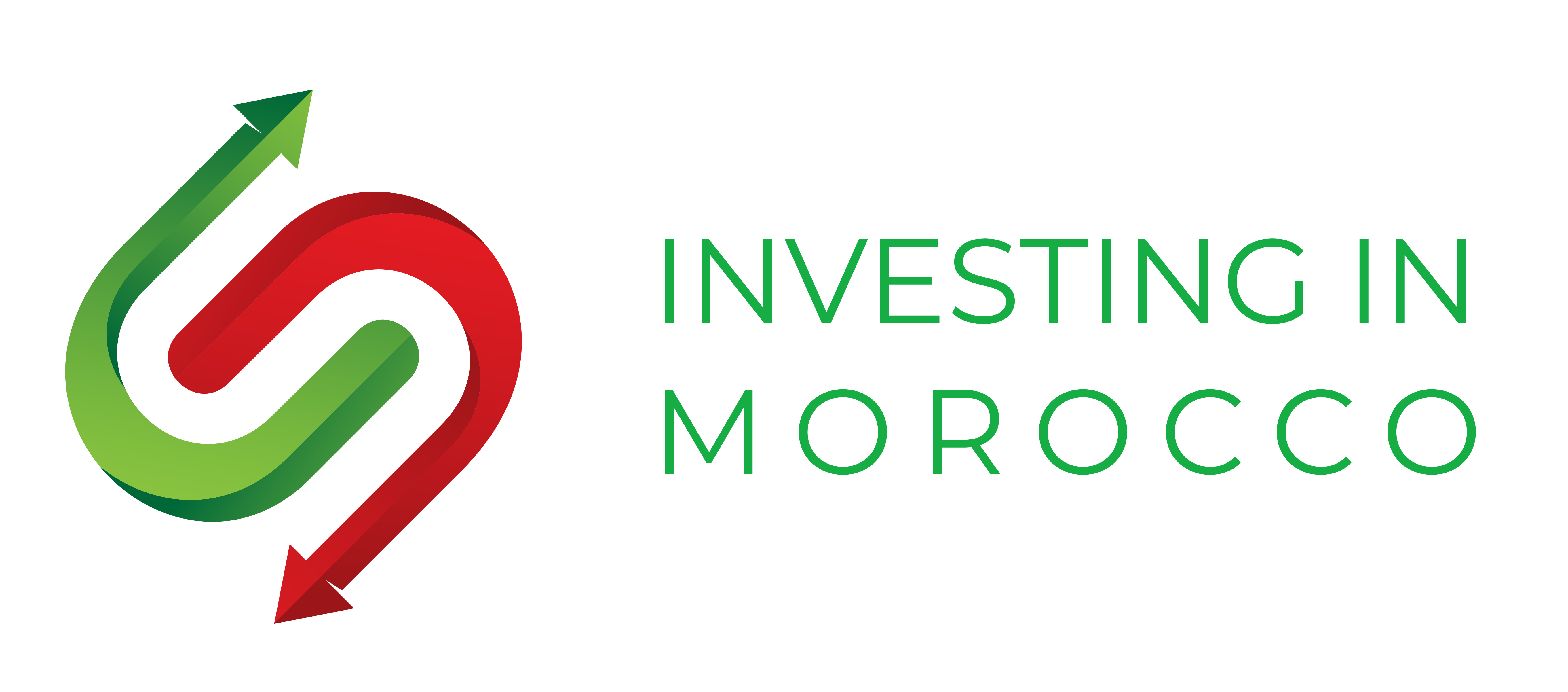


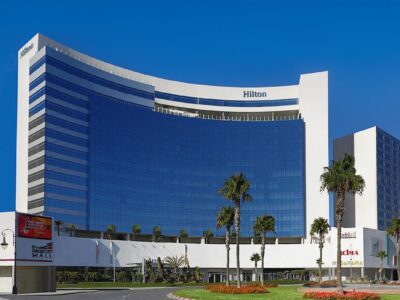

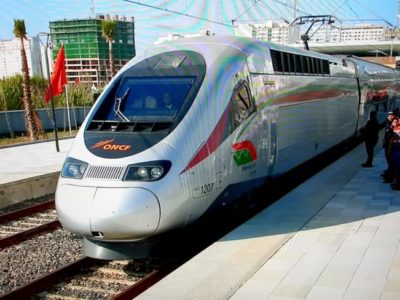



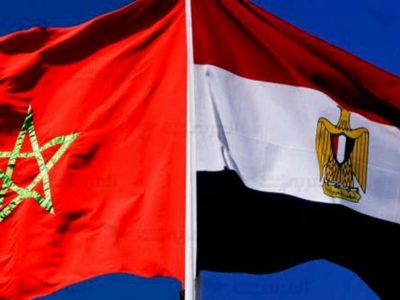

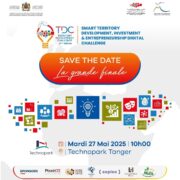

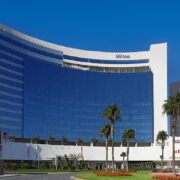
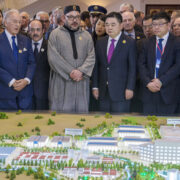
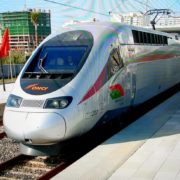



Comments